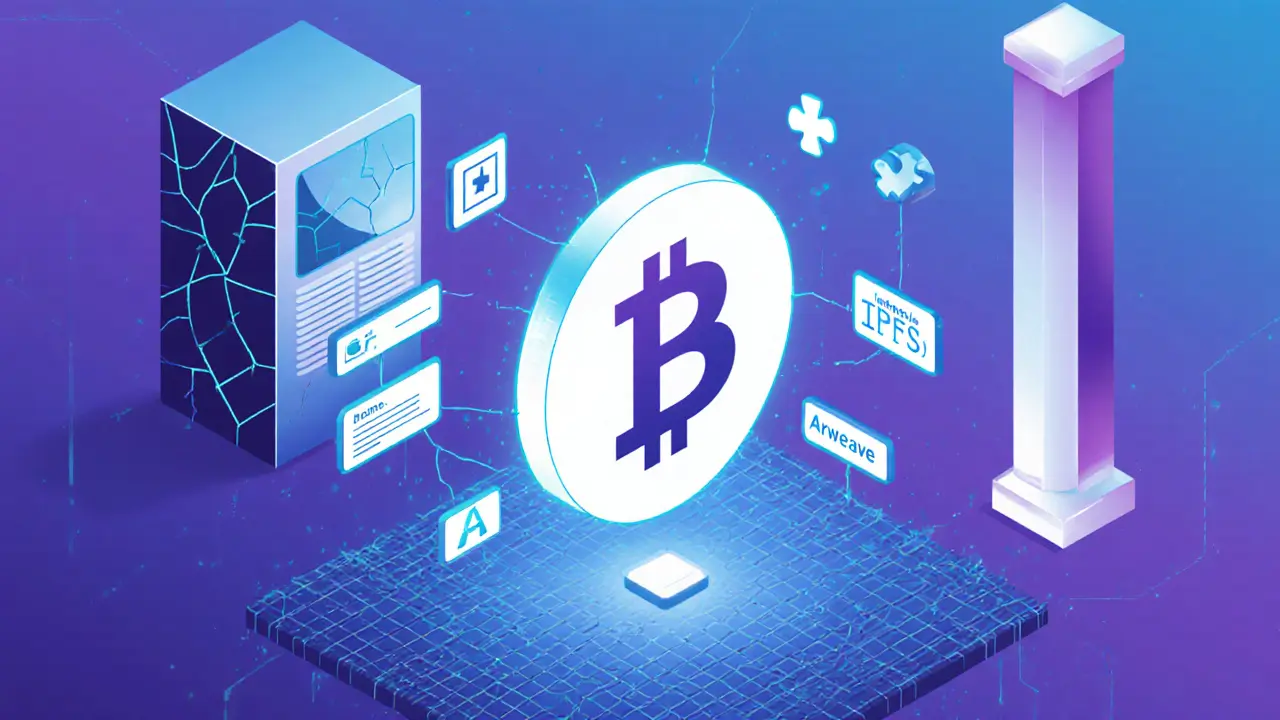Blockchain Explained: What It Is, How It Works, and Why It Matters for NFTs and Crypto
When you hear Blockchain, a decentralized digital ledger that records transactions across many computers so that any involved record cannot be altered retroactively. Also known as distributed ledger technology, it’s the reason your NFTs, crypto payments, and smart contracts even exist. It’s not magic. It’s not some futuristic cloud thing. It’s just code and math working together to make trust possible without middlemen.
Every time someone buys or sells an NFT, that trade gets written into a block. That block links to the one before it, forming a chain—hence the name. No single company owns it. No bank controls it. That’s why it’s so hard to cheat. If you change one block, you break the whole chain. That’s why NFT metadata, the hidden data that defines an NFT’s image, traits, and ownership history lives on a blockchain. If it didn’t, someone could swap your rare Bored Ape for a copy-paste version. Standards like ERC-721, the most common protocol for creating unique, non-fungible tokens on Ethereum and ERC-1155, a more flexible standard that handles both unique and batched tokens make sure your NFT’s data stays readable, verifiable, and transferable across wallets and marketplaces.
And then there’s Metaplex, a protocol built on Solana that simplifies how NFTs are stored, minted, and managed with on-chain metadata. Unlike older systems that store NFT images on shaky servers, Metaplex keeps everything locked to the blockchain. That means your digital art won’t vanish if a server goes down. It’s not just about storage—it’s about permanence. And permanence is what gives NFTs real value.
Blockchain doesn’t just store data. It enforces rules. It proves ownership. It lets you trade without asking permission. That’s why every NFT you own, every token you hold, every smart contract you interact with depends on this system. But most people don’t see how deep it goes. They think an NFT is just a JPEG. It’s not. It’s a digital deed, backed by code, anchored by blockchain.
Below, you’ll find real breakdowns of how these systems actually work—no fluff, no hype. Just what you need to know to avoid losing your assets, understand why some NFTs hold value and others don’t, and make smarter moves in crypto.
What Is a Block in Blockchain Technology? Simple Breakdown of How It Works
A block in blockchain is a secure, timestamped container of transactions that links to the previous block, creating an unchangeable chain. It’s the foundation of trust in decentralized systems like Bitcoin and Ethereum.
learn moreNFT Metadata Standards and Structure: What You Need to Know to Avoid Losing Your Digital Assets
NFT metadata is the hidden data that gives your digital asset its identity, image, and traits. Learn the essential fields, storage methods, common mistakes, and how standards like ERC-721 and Metaplex shape NFT value today.
learn more
